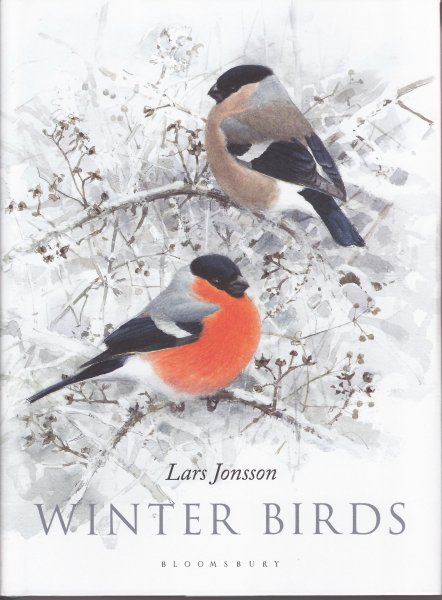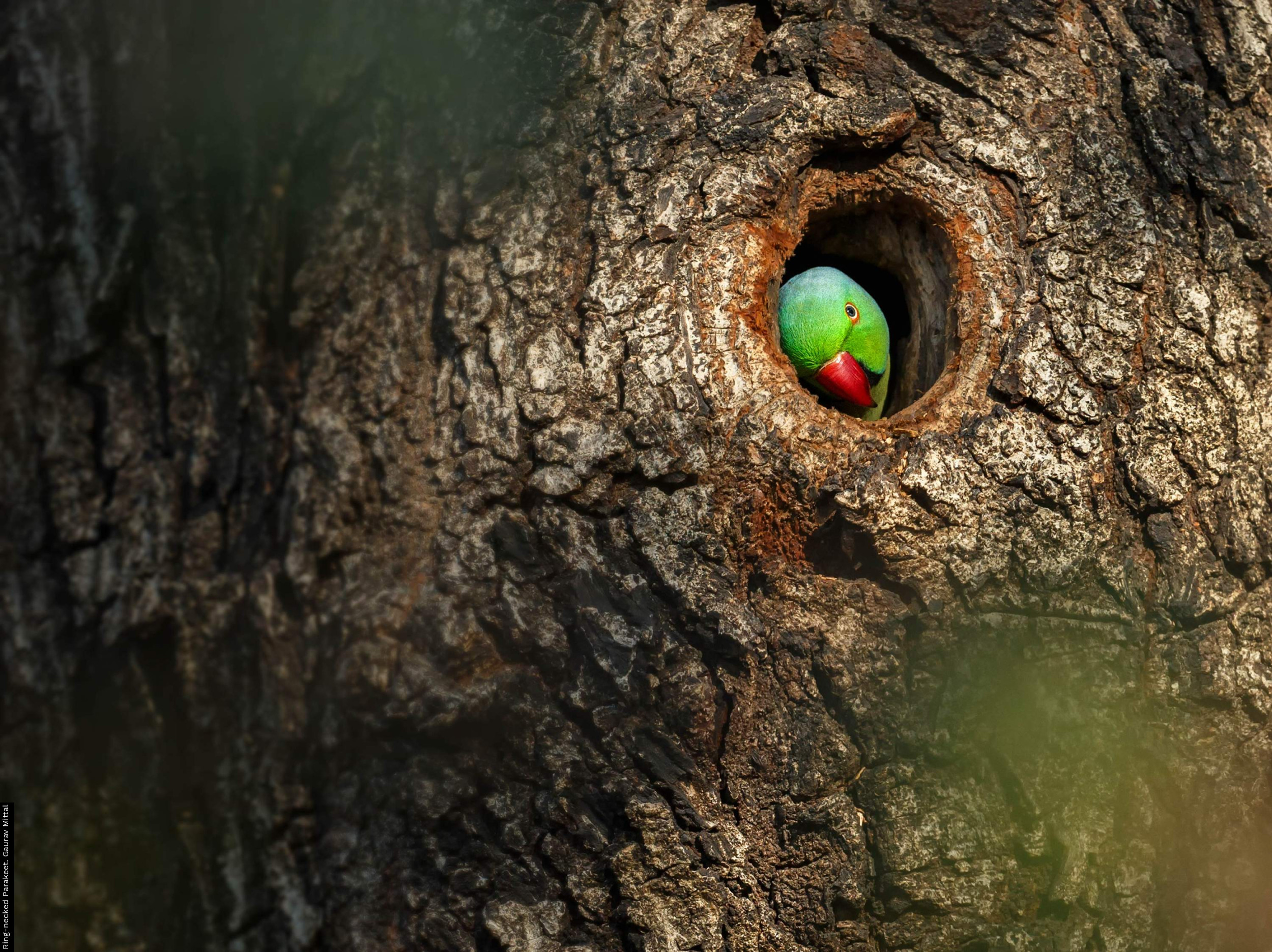
Publisher: Bloomsbury Publishing, London
Publication Year: 2017
Binding: Hardback
Page Count: 344
ISBN Number: 9781472942814
Price: £ 30.00
Winter Birds
Breaking from the mould of his field guides, Lars Jonsson’s ‘Winter Birds’ provides a personal perspective on the most common 59 ‘garden’ species of the Swedish winter. The text does not follow a formulaic pattern, instead varying from species to species. Whilst the species accounts generally cover appearance and status, other elements such as vocalisations, taxonomy, the artistic challenge of depicting the bird and the species’ place in folklore come and go, rendering it much more readable than a typical field guide. It is peppered with well-observed phrases that at once entertain and provide an insight into the author’s character – “the domestic pigeon’s aesthetics” and perhaps my favourite, in relation to Black Woodpecker: “An unwritten rule with woodpeckers is that the bigger they are, the more foolish they look.”
The artwork is nothing short of an indulgence: at once singing out with the vibrancy of the birds’ plumage, and shivering with cold. Many of the plates do not feature a snowy background but the light and shadow are sharp and wintery throughout, regardless. The combination of an acute attention to detail and ability to capture the overall essence of each species is exceptional; I particularly enjoyed the Marsh Tit, complete with glossy cap, and the stunning Brambling page. In keeping with the text, the treatment of each species varies: for example, multiple expressive studies of Siskins, one exquisite portrait of a Redwing.
One thing I found peculiar were the distribution maps for Britain and Ireland. The rationale for including these – at a larger scale than the maps of Scandinavia – is not explained in the introduction; perhaps it was intended to widen the book’s appeal? The author says of the Scandinavian maps that “they overstate the occurrence of several normally migratory species”, particularly in a garden context. Unfortunately the maps for Britain and Ireland do not appear to be based on the Bird Atlas 2007–11 winter distributions and greatly exaggerate the occurrence of many species. For example, the Snow Bunting map is solidly filled north of a line between Anglesey and the Humber estuary, whilst the recent range contraction of Lesser Spotted Woodpecker is not reflected in the map for that species.
One constant is the significance of each species as a visitor to the author’s own garden and consequently, the place it occupies in his heart. This adds great warmth to the book, deepening the reader’s engagement with and understanding of both the birds, and the author himself.
Book reviewed by Nick Moran






Share this page